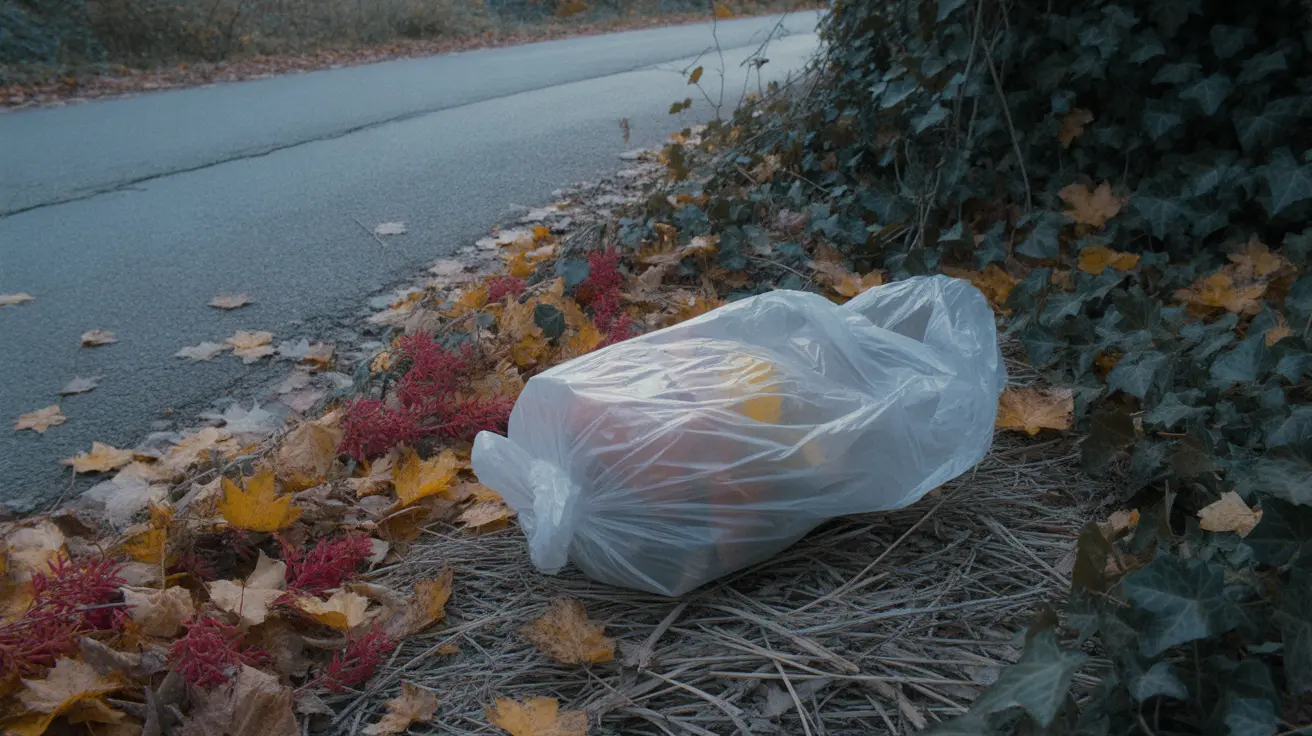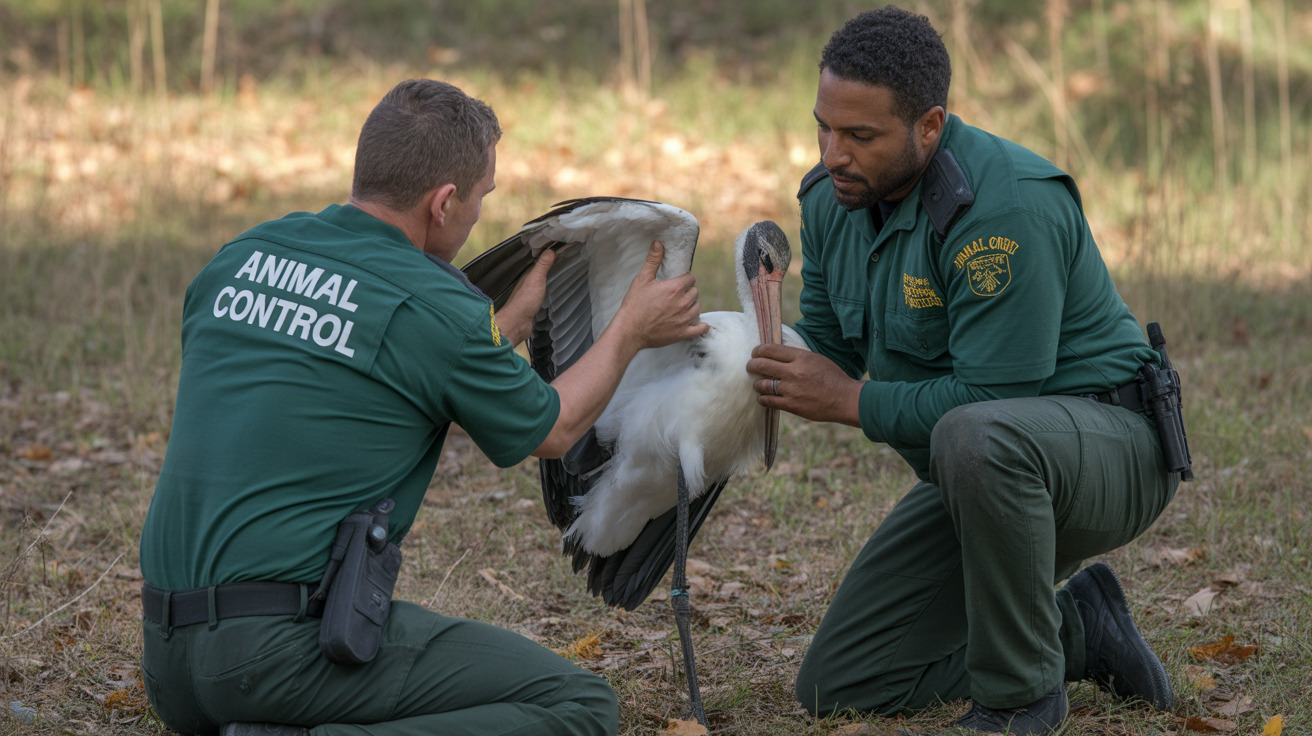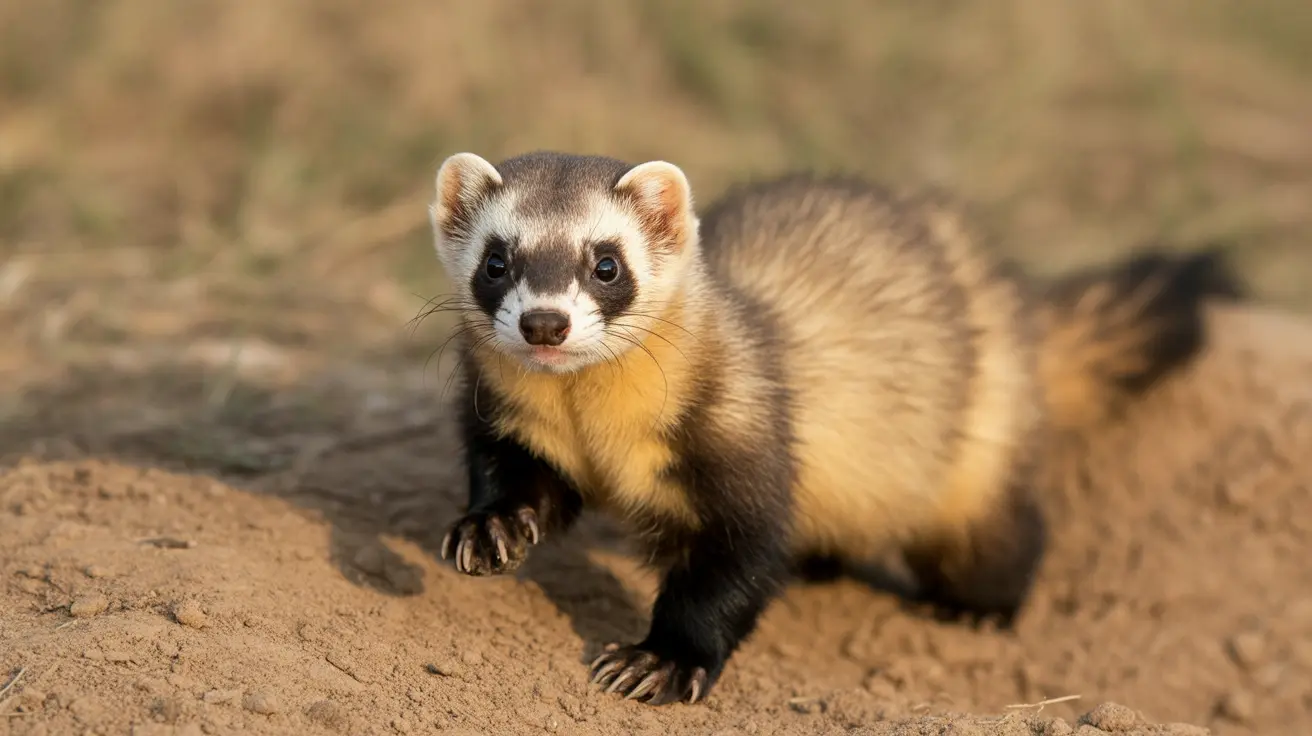How to Safely Prepare Corn for Your Dog
Corn is a staple at many summer gatherings and picnics, and its sweet taste often attracts dogs eager to share in the feast. While corn can offer some nutritional benefits for your canine companion, it’s essential to understand the correct way to serve it to avoid potentially dangerous health risks. In this article, we’ll explore how to safely prepare corn for dogs, what parts of corn are safe, potential hazards, and guidelines for preventing accidental ingestion of harmful corn parts.
Is Corn Safe for Dogs?
Yes, in moderation, plain corn kernels are generally safe for most dogs. In fact, corn is a common ingredient in several commercial dog food products due to its content of protein, fiber, carbohydrates, and some essential vitamins. However, not all forms of corn are created equal when it comes to canine consumption.
Risks of Feeding Corn Cobs to Dogs
While corn kernels are safe, the corn cob itself is dangerous. Dogs may be tempted to chew or swallow corn cobs, but these fibrous, indigestible cores pose a serious risk of choking and gastrointestinal blockage.
- The cob doesn't break down in the digestive tract.
- It can cause a life-threatening blockage in the intestines.
- All dog sizes are at risk, though small to medium breeds may face higher danger.
Symptoms of Corn Cob Ingestion
If your dog accidentally consumes part of a corn cob, they may exhibit the following symptoms:
- Vomiting
- Loss of appetite
- Lethargy or low energy
- Abdominal pain or discomfort (e.g., whining, panting, hunched posture)
- Constipation or straining to defecate
- Diarrhea or black, tarry stools
- Excessive drooling
- Unsuccessful attempts to vomit
- Collapse or signs of dehydration
These signs may not be immediate and can develop within hours or over several days. Even if the dog continues to act normally or passes bowel movements, a partial blockage can still be present.
What To Do If Your Dog Eats Corn Cob
- Act quickly: Contact your veterinarian immediately if ingestion is suspected.
- Do not induce vomiting unless explicitly instructed by a vet.
- Diagnosis and Treatment: Imaging like x-rays may be performed, and treatment could involve endoscopic retrieval or even surgery (gastrotomy or enterotomy).
- Delays in intervention can lead to serious outcomes such as infection, tissue death, intestinal rupture, or even fatality.
Preparing Corn Safely for Dogs
For a dog-friendly way to enjoy corn, follow these safe preparation tips:
- Remove kernels from the cob before serving.
- Cook corn plainly: Steam or boil without salt, butter, or seasoning.
- Serve in small amounts: Corn should be an occasional treat, making up only a minor part of your dog’s diet.
- Monitor for allergies: Though rare, some dogs may show sensitivity to corn.
- Optional treat: Plain, air-popped popcorn without salt or fat is another safe option in moderation.
How to Prevent Accidental Corn Cob Ingestion
As with all food safety practices, prevention is key. To keep your dog safe during meal times and outdoor events:
- Dispose of corn cobs properly in dog-proof trash bins.
- Educate family and guests not to feed table scraps containing corn cobs to your dog.
- Clear plates promptly after meals.
- Supervise pets during outdoor events, cookouts, or picnics.
- Train your dog to obey “leave it” or similar commands to avoid unauthorized eating.
Final Thoughts
To sum up, corn can be a safe and nutritious treat for dogs — provided it's served correctly. Stick to plain, cooked kernels and never allow your dog to chew or eat a corn cob. Should any amount of cob be ingested, seek immediate veterinary care to prevent life-threatening complications. Through awareness, safe feeding practices, and proper supervision, you can ensure that your furry friend enjoys summer treats without harm.





